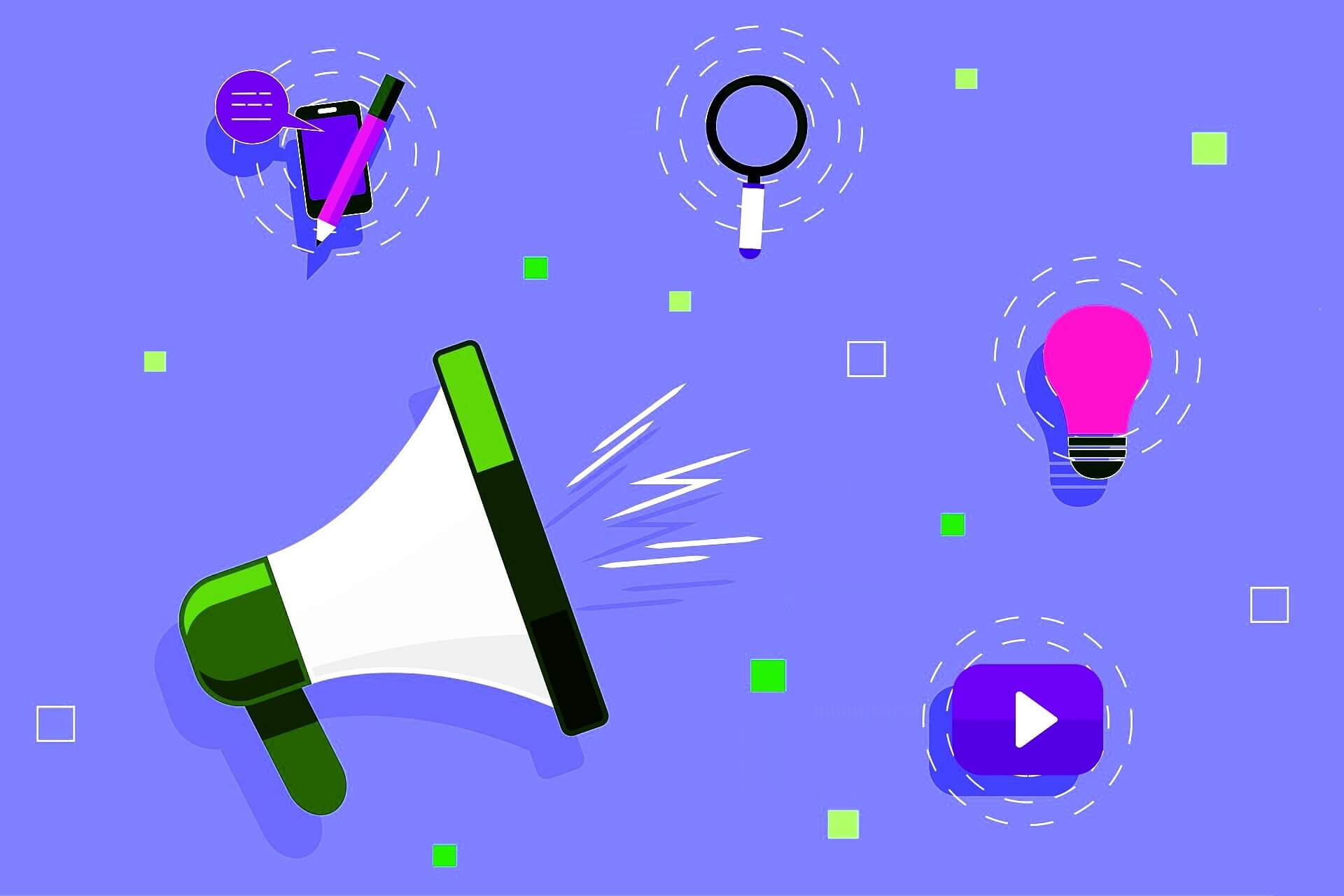Technology has changed almost every aspect of our lives, and now it’s the turn of education systems around the world, writes Bidforwriting.
Educators are embracing the digital revolution and embracing new technologies to help students reach their potential, but can they adapt quickly enough to prepare children for the changing future of employment?
Technology is Shaping the Future of Education

Children and youth make up one-third of all Internet users, so it’s no surprise that they are savvier than their parents. Most of the 1,400 teachers surveyed believe that classrooms will focus on independent and individualized learning.
This student-centered approach will allow children to choose their own pace and learning goals based on individual interests, and all will benefit from artificial intelligence, chatbots, and video-based learning.
Artificial Intelligence
Artificial Intelligence in education is typically used to identify a student’s level of knowledge, and then develop a customized curriculum for each student.
The artificial intelligence-based language learning platform Duolingo has become one of the most downloaded educational apps worldwide. In 2018, the number of users exceeded 50 million. The platform challenges the notion of traditional learning.
According to a study, just 34 hours on the app corresponds to an entire university semester of language education. Artificial intelligence-based apps in education are still in their infancy, but Duolingo’s success shows potential for growth.
By 2025, the nascent market for artificial intelligence in education will reach $6 billion, more than half of which will be in the U.S. and China, with the latter leading the way globally.
Chatbots
Chatbots are quickly becoming a fundamental tool in next-generation education. Designed to simplify the interaction between students and computers, chatbots provide a wide range of benefits:
- Interval learning (using algorithms and repetition to optimize memorization)
- Instant feedback (work is graded quickly and with 92% accuracy)
- Independent learning (optimized based on individual needs).
Innovative technology equips teachers with new strategies for more active learning while reducing their workload.
Video-based Learning
While video-based learning is not considered as innovative as artificial intelligence or chatbots, 98% of educators view it as a critical component in personalized learning.
Most institutions report incorporating video into their curricula, but students may have a higher demand for video-based learning in the near future.
This is because video instruction increases student satisfaction by 91% and achievement by 82%, so educators are increasingly using video to
- Providing material for assignments
- Assignment assessment
- Conducting flipped classes (blended learning)
The flipped classroom is a model of learning where the focus is on learning material that can be accessed online as well as outside of the classroom.
Tradition vs. Technology
The flipped classroom model has gained popularity in recent years and can be considered a radical change in the way information is perceived. The relatively new model also eliminates homework by allowing students to work together on assignments during class.
The new models of learning are disrupting the current system of traditional learning, but is it harmful to children to spend even more time in front of screens? Studies have shown that children absorb information better from books rather than from screens.
There is also a clear increase in the number of schools with little or no technology because human interaction is believed to be paramount when it comes to engaging children in learning.
First-rate people
The era of iTeachers may not be here yet, but the benefits of technology as a teaching tool are undeniable. More importantly, however, all of these tools are used in tandem with developmental and learning psychology, which keeps students, not technology, at the center of education.
“The future lies in combining artificial intelligence with the cognitive, social and emotional capabilities of humans so that we end up with first-rate humans, not second-rate robots,” the report on educational trends says. How children develop skills may be less important than their ability to navigate change.